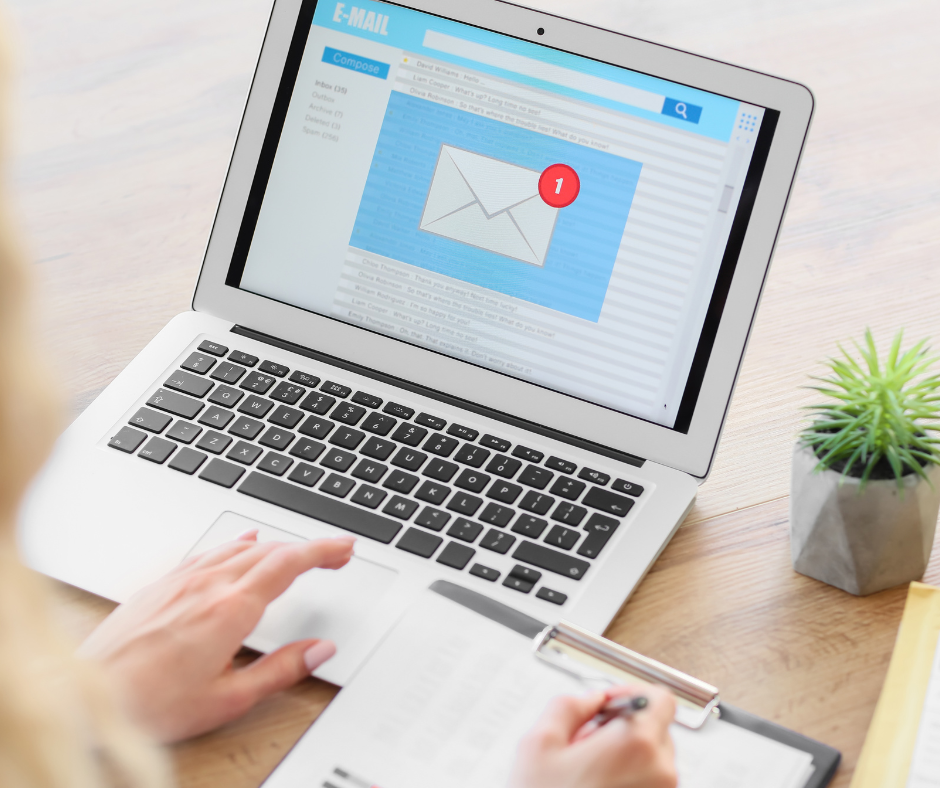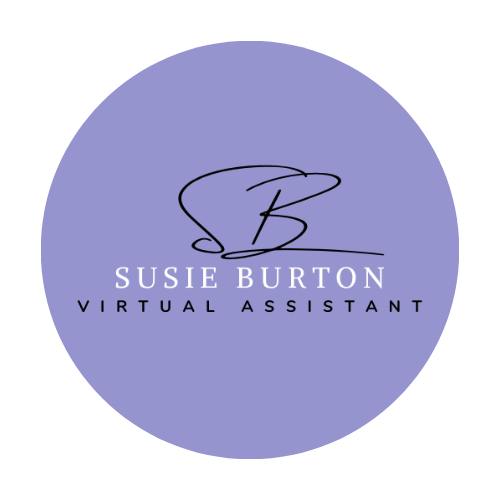
Email has become the cornerstone of communication in both our personal and professional lives. However, amidst the constant influx of messages, managing emails effectively has become a skill in itself. Whether you’re on the sending or receiving end, navigating a stuffed inbox requires a strategic approach to avoid overwhelm and maintain balance.
For recipients, mastering email management starts with a fundamental shift in mindset. Instead of allowing emails to dictate your day, it’s crucial to take control of your inbox and allocate dedicated time for handling messages.
Furthermore, organizing your inbox is paramount to staying on top of incoming messages. By implementing a systematic approach to email organization, you can streamline your workflow and reduce the time spent sifting through clutter.
Recipients should resist the temptation to let emails dictate their priorities. In a world where the inbox is constantly inundated with messages vying for attention, it’s essential to establish boundaries and prioritize tasks based on your individual goals and objectives. By taking ownership of your time and focusing on what truly matters, you can thrive even with a full inbox.
For Recipients – Be Mindful of Your Time
1. Allocate Time for Emails: Treat emails as tasks that require dedicated attention. Instead of constantly checking your inbox, allocate a few specific times during your day to tackle emails efficiently. This approach prevents distractions and allows you to focus on other important tasks.
2. Organize with Folders and Filters: Utilize folders and filters to categorize and prioritize incoming emails. This ensures that important messages are readily accessible and prevents your inbox from becoming overwhelming.
3. Don’t Let Emails Dictate Priorities: Remember, your inbox should not dictate what’s important to you. Take control by setting boundaries and prioritizing tasks based on your own goals and objectives.
For Senders – Respect Other People’s Time
1. Make it Easy to Respond: Craft your emails with clarity and precision. Pose concrete questions and avoid ambiguity. If multiple questions are necessary, list them out to streamline responses.
2. Name Your Email Appropriately: Ensure your email subject accurately reflects its content. A well-named email is easier to locate and can expedite communication.
3. Avoid ‘Reply to All’ and Long Threads: Be mindful of your recipients’ time and inbox clutter. Use ‘Reply to All’ sparingly and consider starting a new thread for lengthy discussions to keep communication concise.
Before Hitting ‘Send’
1. Check for Clarity and Conciseness: Review your email to ensure it’s on point and free of unnecessary fluff. Avoid multiple, unrelated questions (then rather send another email) and aim for clarity in your message.
2. Clarify Action Items: Clearly communicate any required actions or next steps to avoid confusion. Be concise yet thorough in outlining expectations.
3. Consider Alternatives to Email: Evaluate whether email is the most effective communication method for your message. Sometimes a quick phone call or in-person discussion can resolve issues more efficiently.
Remember the OHIO Principle:
Only Handle It Once (OHIO). Whether you’re responding to an email or drafting a new one, aim to address it in one go. Avoid procrastination by either handling the task immediately or scheduling it for later.
In conclusion, effective email management is a skill that empowers both senders and recipients to navigate the digital landscape with clarity and efficiency. By implementing the strategies outlined above, you can reclaim control of your inboxes and reduce inbox clutter for yourself as well as your recipients.
